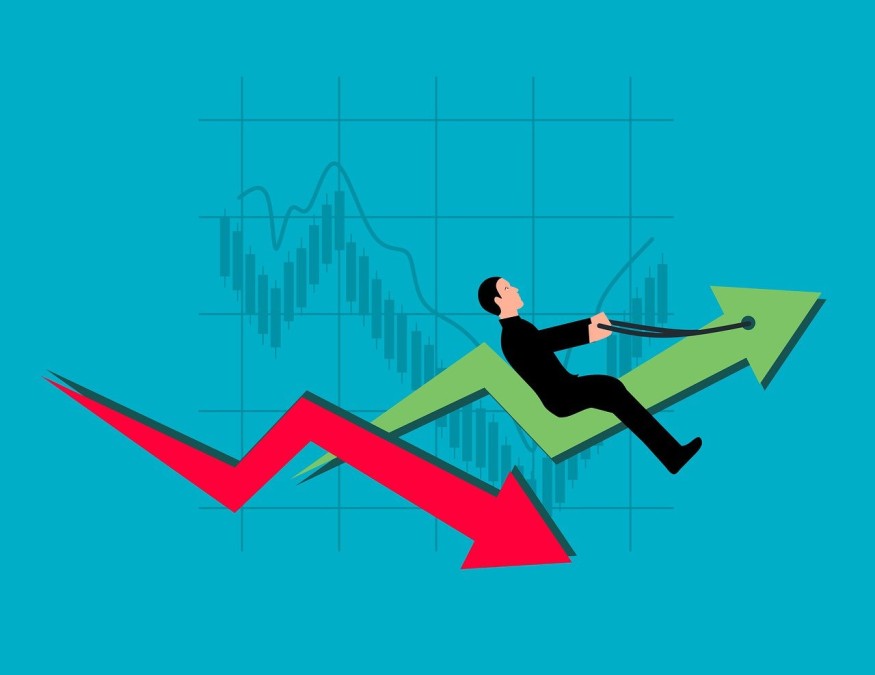
The risk-to-reward ratio is a crucial risk management tool in financial trading. This ratio can define whether your system can make money. It simply means how much you expect to win for every 1 dollar you risk on your trades. Calculating the risk-reward ratio for a trading strategy will quickly define if the system is worthy of commitment. Let's explain the risk-reward ratio and why it is important in trading, together with practical tips.
Understanding Risk-Reward Ratio
The risk reward ratio in trading is one of the most critical metrics that directly predict whether the system can make money. It is often coupled with a win rate which shows the win percentage of a trading strategy and when coupled with risk-reward can 100% predict how the strategy will perform.
The risk-reward ratio measures potential profit when compared to potential loss. In other words, it shows how much a trader can expect to profit for every 1 dollar risk. If your strategy is expected to win 200 dollars while risking 100, the risk-reward ratio is 1:2. Higher the risk-reward, the more profits you are expected for each dollar risked, but here is a catch. Higher risk-reward ratio strategies come with lower win rates, meaning they are expected to win a handful of trades.
Key components of the risk-reward ratio
- Risk: the amount of money you are willing to lose on a single trade
- Reward: the amount of money you aim to gain on a single trade
The formula of risk-reward ratio: Risk-reward ratio = Potential Loss/Potential Gain
Traders typically aim to have a 1:2 and higher win rate, but with a proper win rate strategy, traders can make money even with a 1:1 ratio. This is because if you are winning more than 50% of your trading positions, then your winners will exceed losses.
The Science Behind Risk-Reward Ratio
The risk-reward ratio is closely tied to the concepts of probability and expectancy. Expectancy is the average amount of profits you are expected to win or lose per dollar risked over many trades. This concept of numerous trades is very important to define a clear win rate and risk-reward ratio on average. You always need enough sample size to define an accurate win rate and risk-reward ratio scientifically. Usually, 100 trades are enough to define significant statistics and conclude whether your strategy has a sufficient win rate and risk reward to make profits in the long run. To calculate the expectancy, you can use the formula below.
Expectancy = (Winning Percentage X Average Win) – (Losing Percentage X Average Loss)
If your experience is positive, then the system is profitable. Let's take a 55% win rate strategy with a risk-reward ratio of 1:1, where the average win is 100 dollars. The expectancy will be (55% X 100) – (45% X 100) = 55 – 45 = 10, meaning that the system will make money. With higher risk-reward ratios, strategies with lower win rates can still make money. The most obvious example of this is trend-following strategies, where the win rate is typically around 36–40% while the risk-reward is 1:3 and sometimes even higher.
How to Apply Risk-Reward in Your Trading
To apply the risk-reward ratio in actual trading, you can set stop loss and take-profit orders so that the risk is always equal to or lower than the potential profit. If you set a stop-loss order at 20 pips, ensure your take-profit is more than 20 pips so that your risk-reward ratio is always 1:1 and more. All advanced trading platforms show the amount of stop loss and take profit in dollars, which makes it super easy to calculate risk-reward and conclude if it's favorable for your trading method.
Common Mistakes and How to Avoid Them
Using the risk-reward ratio wisely in your trading is crucial. However, many beginner traders make mistakes and fail to use this scientific tool in their favor. Here are some mistakes in your trading that you should not be making.
Ignoring risk management
Never trade without a stop-loss order, and always have a predetermined risk-reward ratio to succeed in financial trading. Without proper risk management, it is impossible to become profitable in trading. In fact, two traders can use the same strategy, and one with better risk management will outperform the other.
Setting unrealistic ratios
Setting unrealistic ratios like 1:3 and more might not be wise. Ensure to check your strategy's style and win rate to define a realistic risk-reward ratio and make money.
Overtrading
While not related to the risk-reward ratio, overtrading is a common pitfall for traders. You need a sharp and focused mind, and trading too much can make you lose more than you win.
© 2026 ScienceTimes.com All rights reserved. Do not reproduce without permission. The window to the world of Science Times.












